10 Foods to Skip at Italian Restaurants and 5 Better Choices
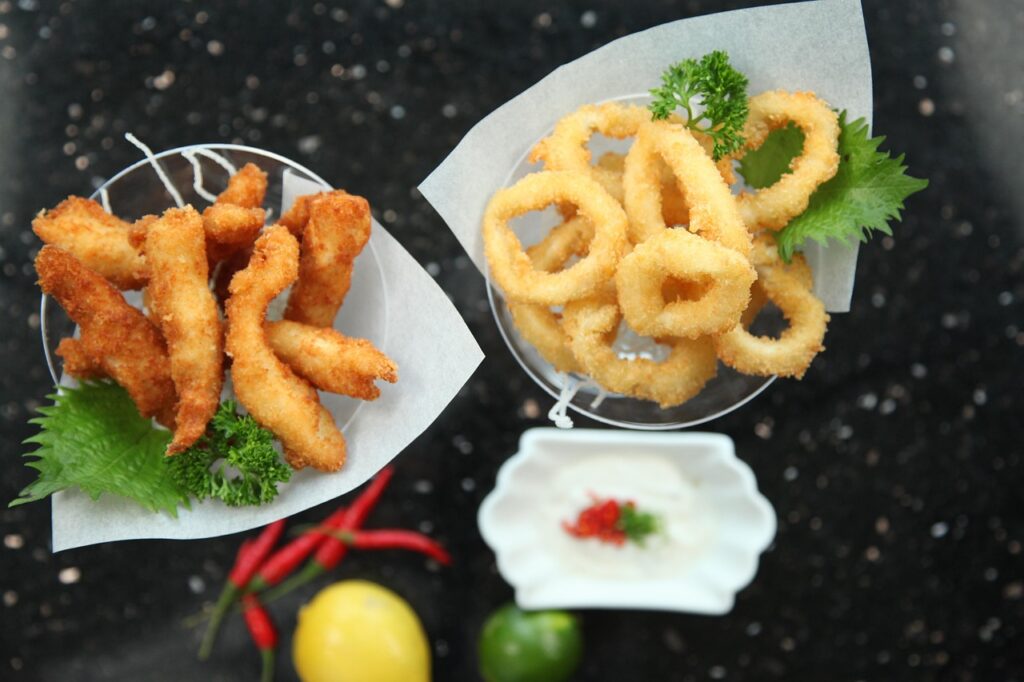
Italian restaurants can be a minefield of heavy sauces, oversized portions, and “Americanized” dishes that stray far from real Italian cooking. While it’s tempting to order what sounds comforting or familiar, some menu items are loaded with calories, salt, and shortcuts that dull the experience. The good news is, you don’t have to skip Italian altogether. You just need to know what’s worth your appetite and what’s better left untouched. Here’s how to order smarter and eat like you mean it.
1. Fettuccine Alfredo
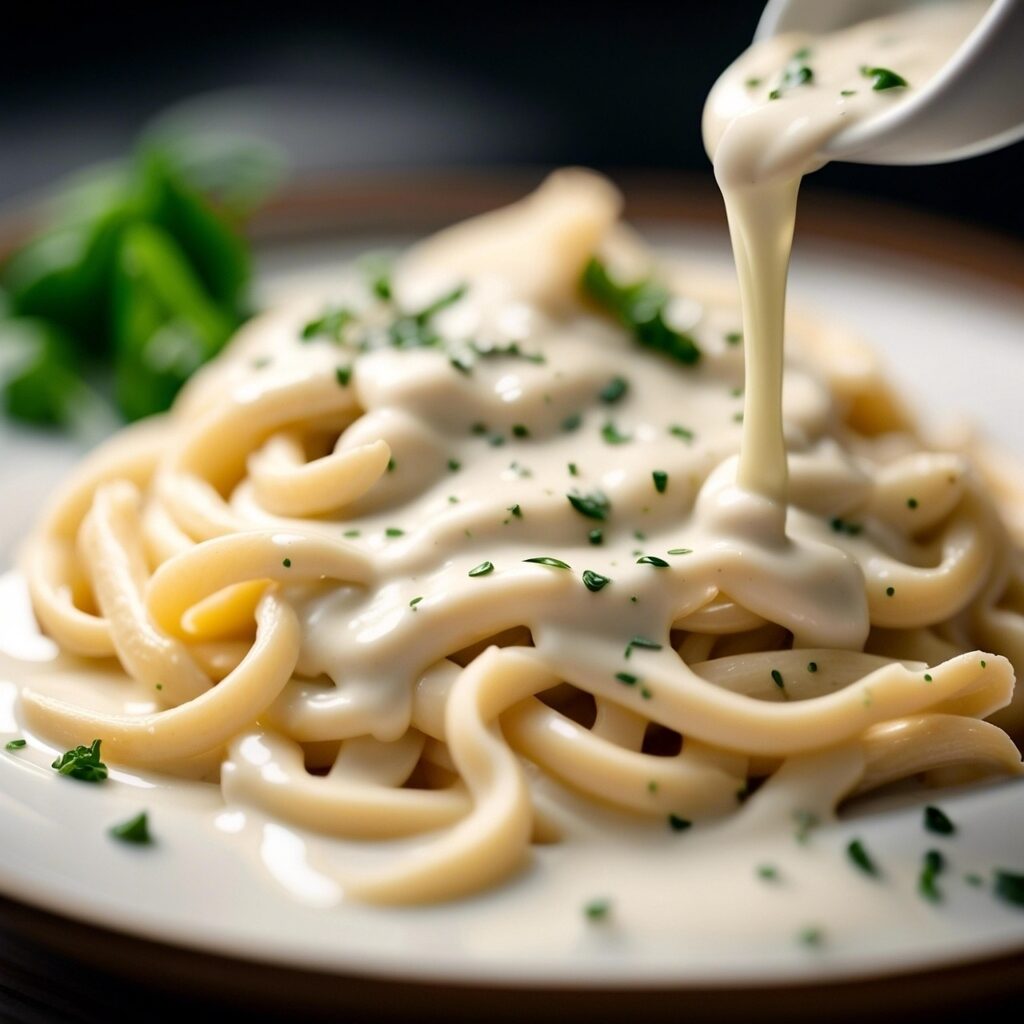
Creamy, buttery, and heavy enough to knock you into a food coma, Fettuccine Alfredo is a trap for anyone looking for a genuine Italian experience. Most versions in restaurants use thick cream and cheap butter substitutes instead of the simple mix of butter, Parmigiano-Reggiano, and pasta water used in Italy. The result is a dish that tastes rich but lacks balance. You’ll often feel bloated before you’re halfway through. If you crave something creamy, ask for pasta tossed in olive oil, garlic, and real Parmesan-it’s lighter, more flavorful, and much closer to what Italians actually eat.
2. Garlic Bread
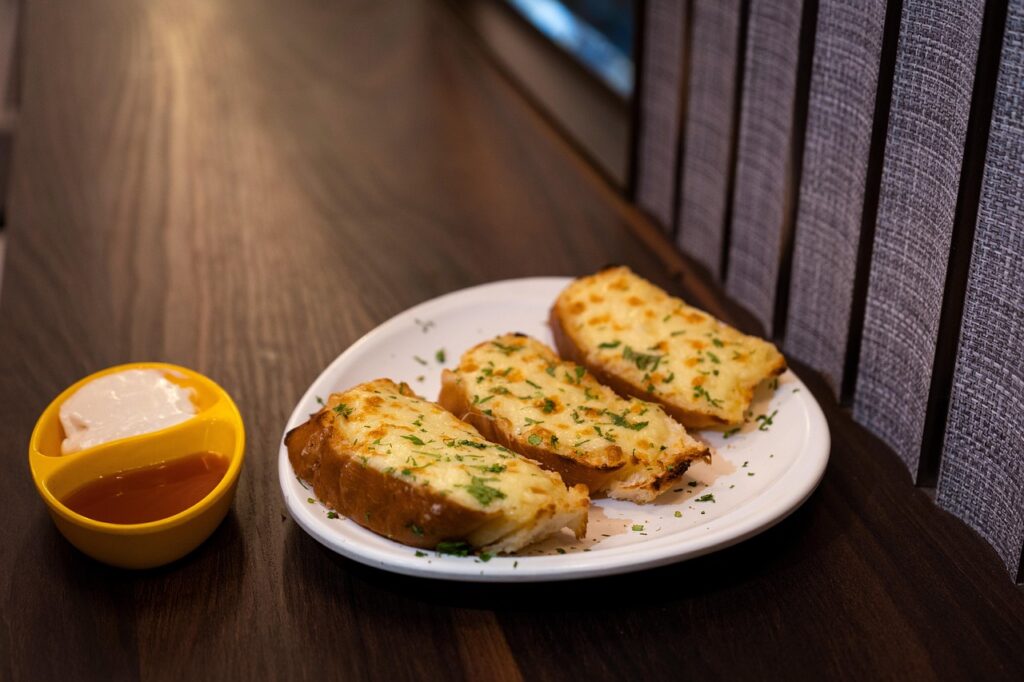
It smells amazing when it hits the table, but garlic bread is an American creation, not an Italian one. Traditional Italian meals feature simple, crusty bread meant for soaking up olive oil, not butter and garlic paste. The restaurant version is usually slathered with margarine or oil blends and dusted with salt. You end up full before the main course even arrives. A better move is to request plain Italian bread with extra virgin olive oil or balsamic vinegar on the side-it keeps things authentic and doesn’t drown your taste buds before the pasta does.
3. Chicken Parmesan
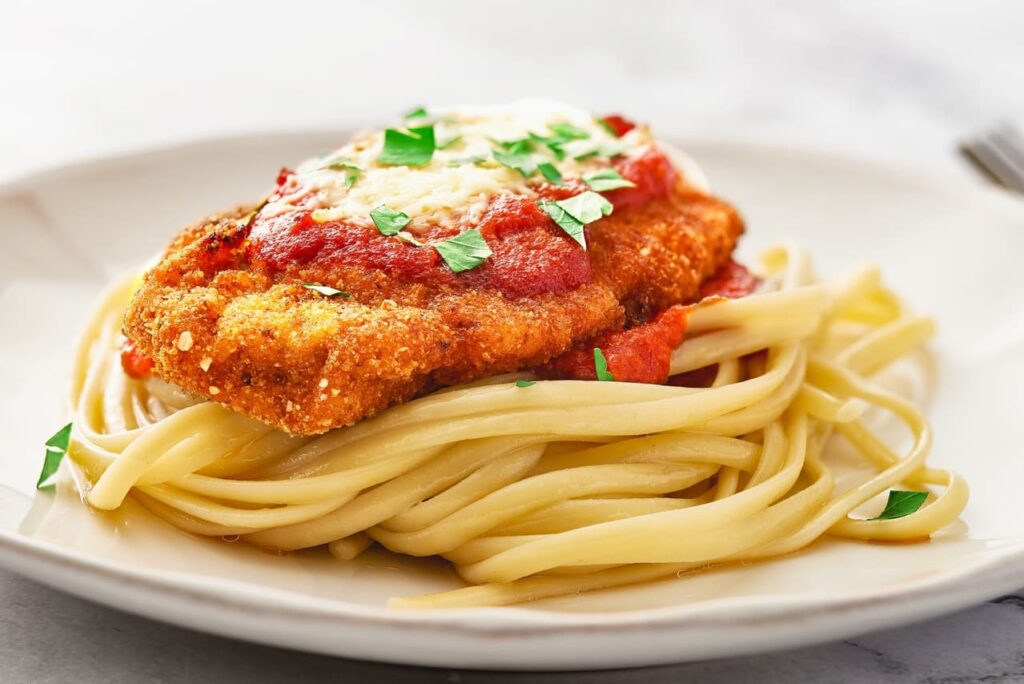
This one is a crowd favorite, but not exactly Italian. In Italy, you’ll rarely find breaded chicken covered in marinara and melted mozzarella. It’s more of an Italian-American comfort dish that’s usually fried in oil and baked under a blanket of cheese. The flavors are heavy, and the portion sizes are massive. You get more grease than flavor nuance. A smarter option? Order chicken piccata or marsala. Both highlight the meat’s flavor with light, tangy sauces that let the ingredients, not the cheese, shine.
4. Spaghetti and Meatballs
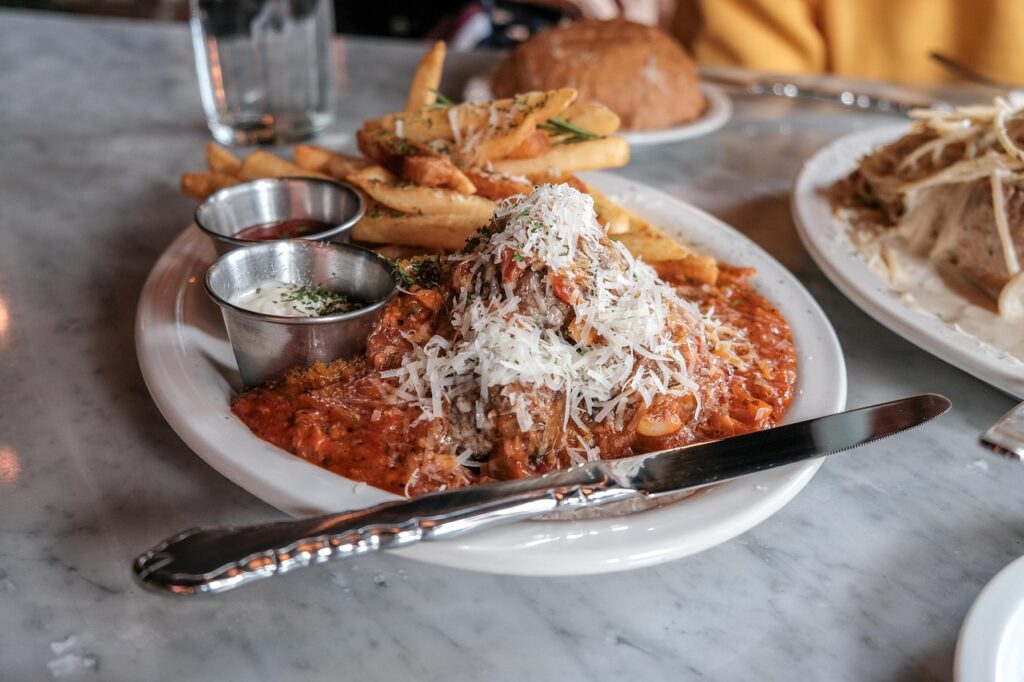
The pairing might feel iconic, but it’s another Italian-American mashup. In Italy, pasta and meat are typically served separately. U.S. restaurants often use low-quality beef and oversweetened sauce to stretch the meal. That’s why it often tastes flat and sugary rather than complex. Instead, try spaghetti all’amatriciana or carbonara. Both use real Italian flavor foundations like pancetta, tomato, and egg, not jarred sauce or breadcrumbs, and they deliver more satisfaction without the extra heaviness.
5. Shrimp Scampi
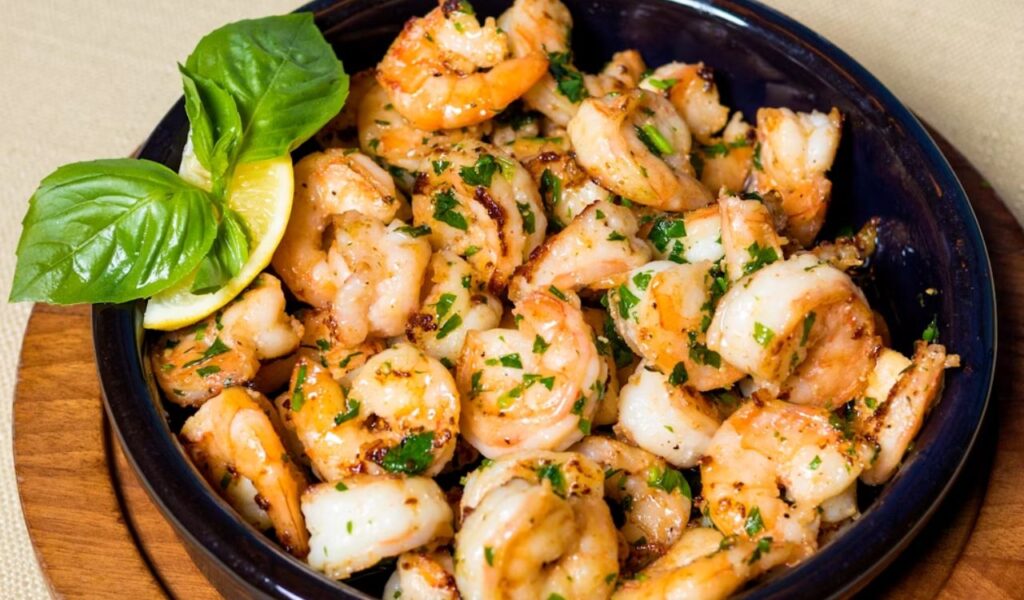
Shrimp scampi often sounds like an elegant seafood dish, but it is usually shrimp overloaded with butter, garlic, and white wine. Interestingly, the term “scampi” refers to small lobsters, so “shrimp scampi” is a bit redundant linguistically. Many restaurant versions overcook the shrimp and smother them in sauce, losing the shrimp’s delicate flavor. For a fresher, lighter option, choose simple grilled shrimp instead-you’ll enjoy cleaner flavors, less grease, and a palate that’s ready for the next course.
6. Baked Ziti
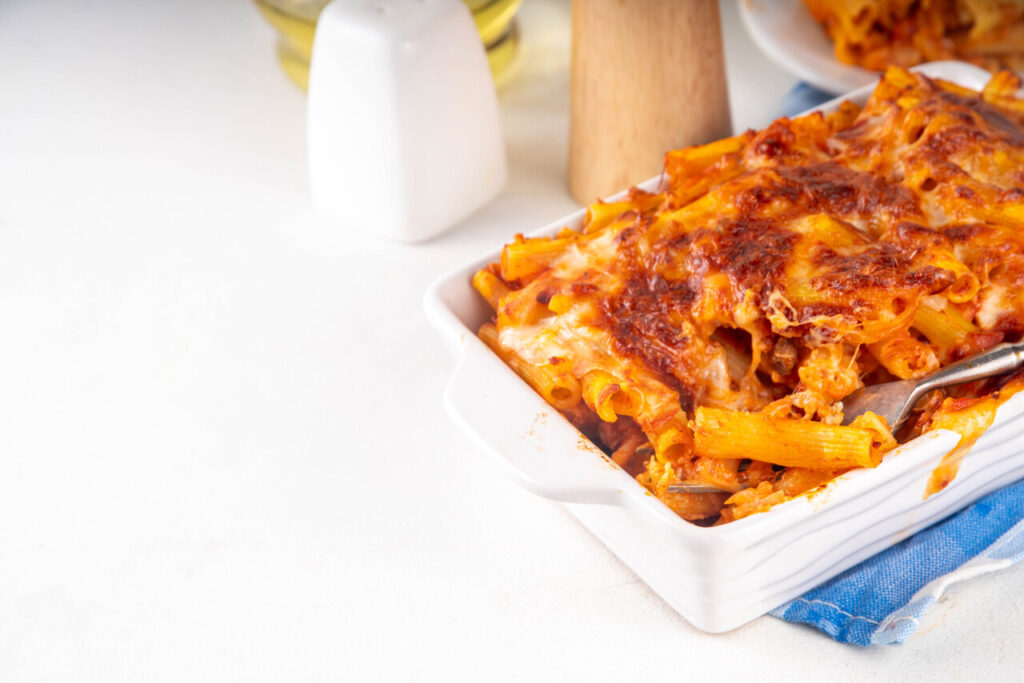
Baked ziti might look like lasagna’s easier cousin, but it’s often overloaded with ricotta and mozzarella that congeal into a heavy, oily mess. Many restaurants pre-bake it and reheat servings, which makes the pasta soggy and unevenly cooked. You’re basically eating a casserole that’s been sitting under a heat lamp. A better choice is penne arrabbiata or pasta primavera-both are freshly cooked, lighter, and pack more flavor without relying on layers of cheese.
7. Calamari Rings
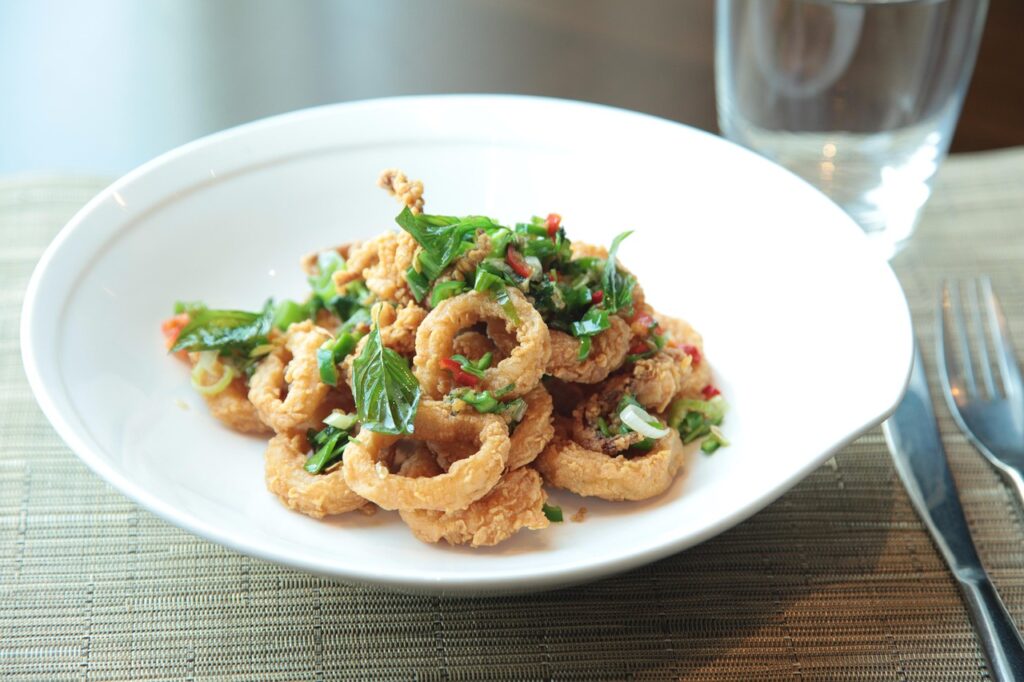
Fried calamari can be a treat when prepared well, but often in Italian restaurants, it’s over-battered, rubbery, and smothered in marinara sauce. Many use frozen squid, which loses its natural texture after frying, making the crunch overpower the delicate seafood inside. For a more authentic experience, opt for grilled calamari or a seafood salad. These preparations highlight the tender texture and fresh flavor, seasoned simply as coastal Italians would enjoy, letting you truly taste the sea rather than just the fryer.
8. Stuffed Shells
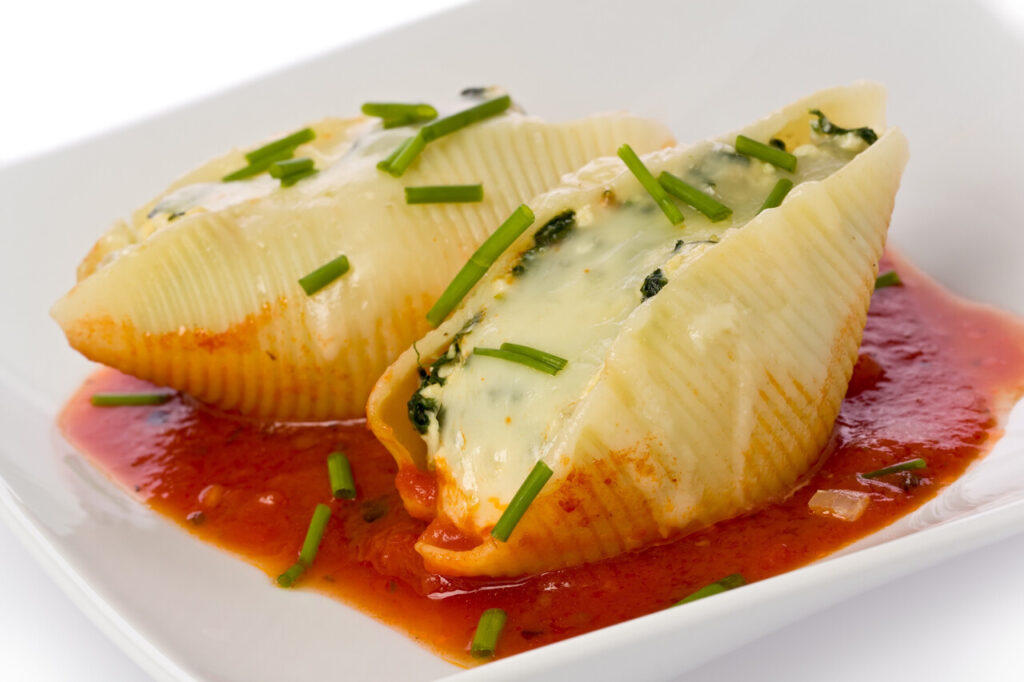
Stuffed shells-large pasta shells filled with ricotta and spinach-promise comfort but often suffer under heavy layers of sauce and cheese that mask the filling’s delicate flavors. Many kitchens prepare them in bulk, resulting in gummy pasta and dense cheese textures. The dish leans more on portion size than on taste finesse. For a more refined and satisfying alternative, try ricotta gnocchi or ravioli served in a light butter and sage sauce; these options offer freshness, smaller portions, and a far more nuanced flavor experience.
9. Caesar Salad
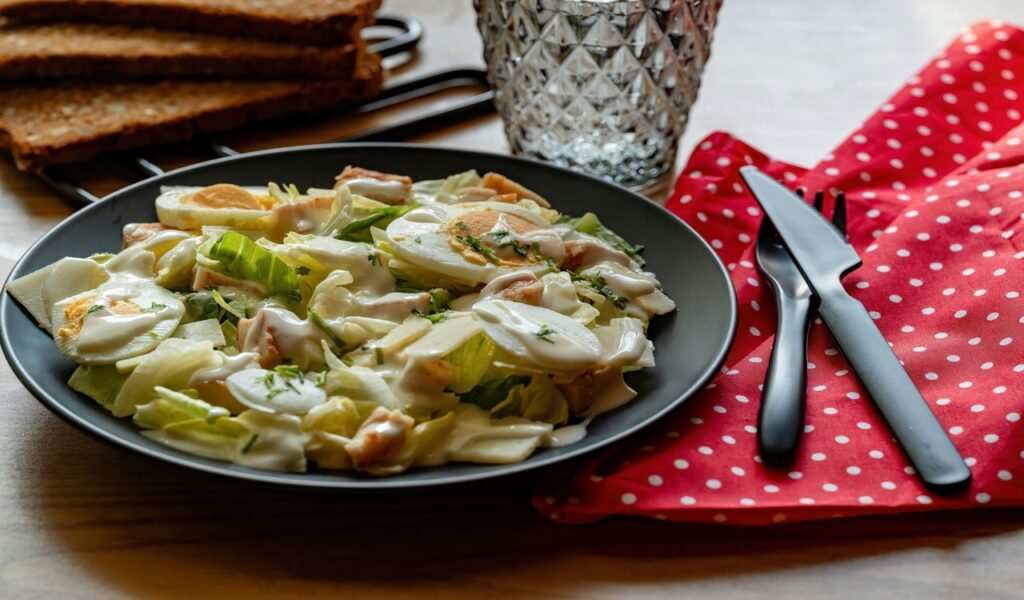
Despite its Italian-sounding name, the Caesar salad was actually invented in Mexico by an Italian-American restaurateur and is rarely found in Italy. In many restaurants, it arrives drenched in creamy dressing, often adding more calories than the main course. The croutons are typically fried, and the lettuce often arrives limp. For a fresher, lighter alternative, opt for an arugula salad dressed with lemon and Parmesan; it’s crisp, simple, and pairs beautifully with pasta or wine.
10. Tiramisu (in Chain Restaurants)
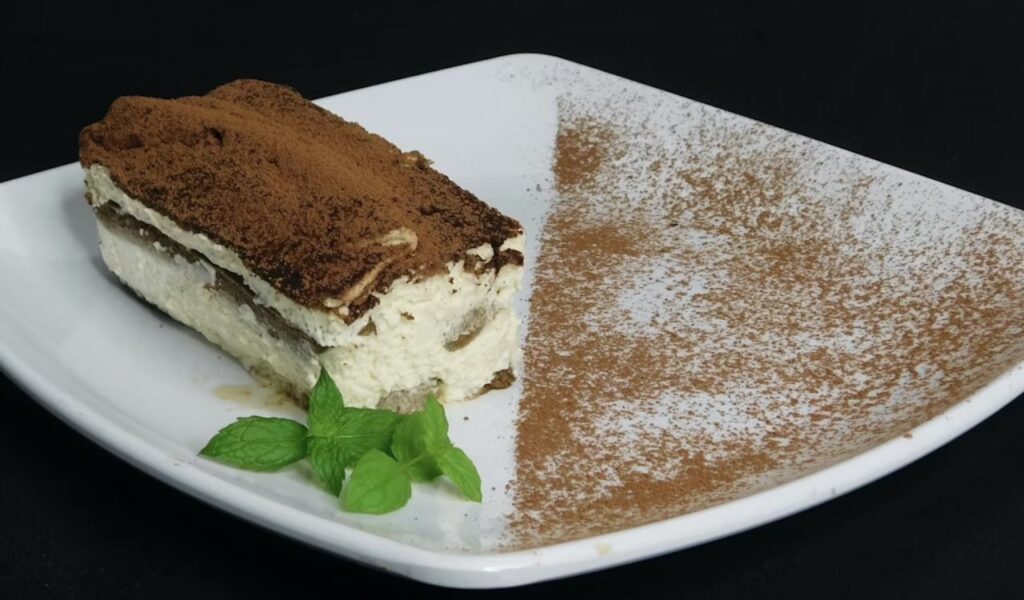
Tiramisu can be divine, but only when made fresh. Many chain or mid-range Italian restaurants use pre-made versions with whipped topping instead of mascarpone and cocoa dust from a can. The texture turns spongy instead of silky. When done right, tiramisu is all about balance: espresso-soaked ladyfingers and lightly sweetened cream. If you can’t confirm it’s made in-house, choose gelato instead. It’s usually fresher, portioned right, and delivers real Italian flavor.
5 Better Choices Worth Ordering

When you know what to avoid, the next step is choosing dishes that actually highlight Italian cooking at its best. The beauty of true Italian food lies in its simplicity-fresh ingredients, balanced flavors, and careful preparation. These five dishes prove that eating well doesn’t have to mean eating heavy. From vibrant salads to perfectly cooked seafood and creamy risotto, each one offers the kind of flavor that keeps you coming back without regret.
1. Caprese Salad
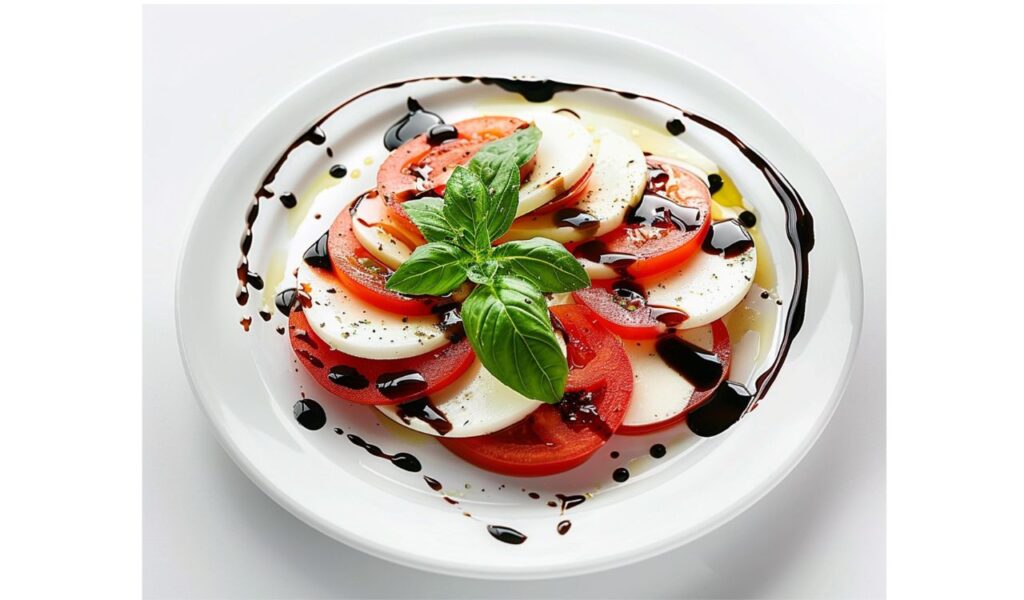
A Caprese salad is simplicity done right: fresh mozzarella, ripe tomatoes, fragrant basil, olive oil, and a sprinkle of salt. That’s it, and that’s the beauty of it. Every bite depends on the quality of the ingredients, so when it’s done well, it tells you the kitchen cares about freshness and balance. It’s the perfect starter because it wakes up your palate without weighing you down. No heavy dressing, no filler, just pure, clean flavor that celebrates real Italian cooking at its core.
2. Risotto alla Milanese
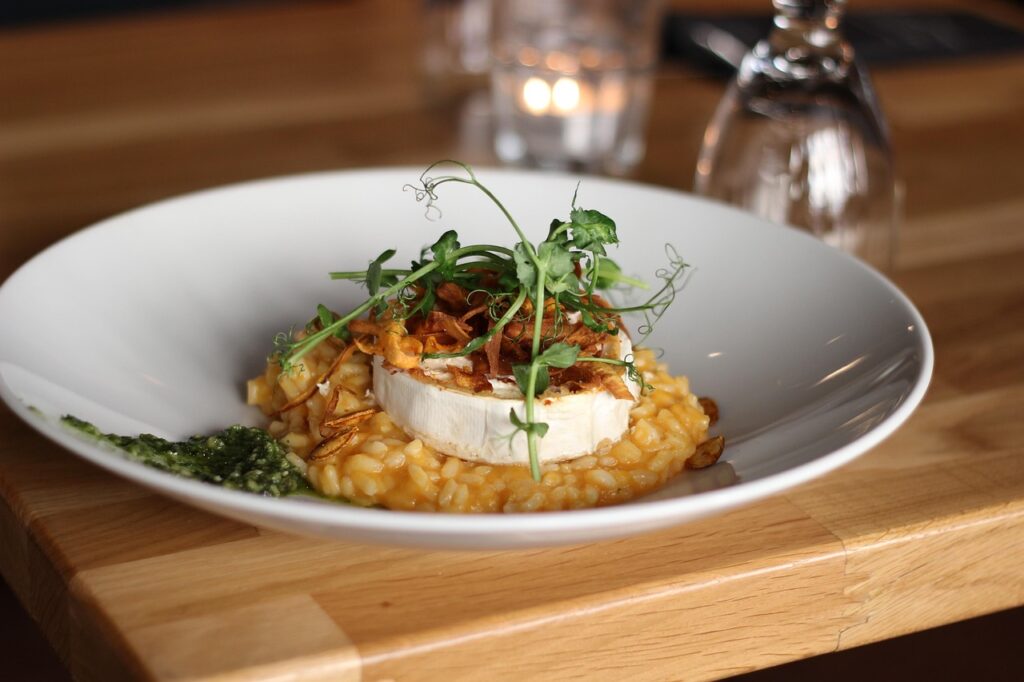
Risotto alla Milanese is a dish that rewards patience and precision. Its creamy texture comes from slow stirring, not added cream, and its golden color comes from saffron, one of Italy’s most prized spices. The rice absorbs rich broth until every grain is tender but still slightly firm in the center. When made right, it’s luxurious yet light, rich without being greasy, and deeply aromatic. It’s proof that true Italian comfort food doesn’t need excess-it just needs care and time.
3. Pasta Puttanesca
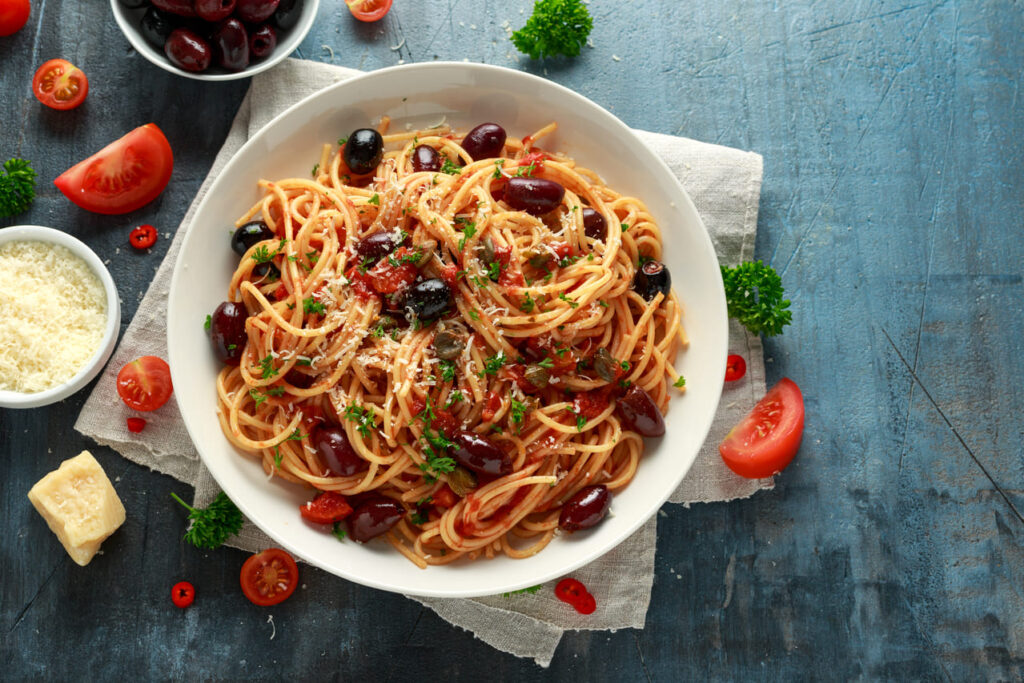
Pasta Puttanesca brings boldness to the table without relying on meat or heavy sauce. It’s built on a mix of tomatoes, garlic, olives, capers, and a touch of chili for heat. The result is a sauce that’s salty, spicy, and full of personality. Every ingredient has a purpose – nothing feels random or excessive. When tossed with al dente pasta and finished with olive oil, it delivers a satisfying depth of flavor that pairs perfectly with a glass of red wine and a bit of crusty bread to soak up every drop.
4. Grilled Branzino
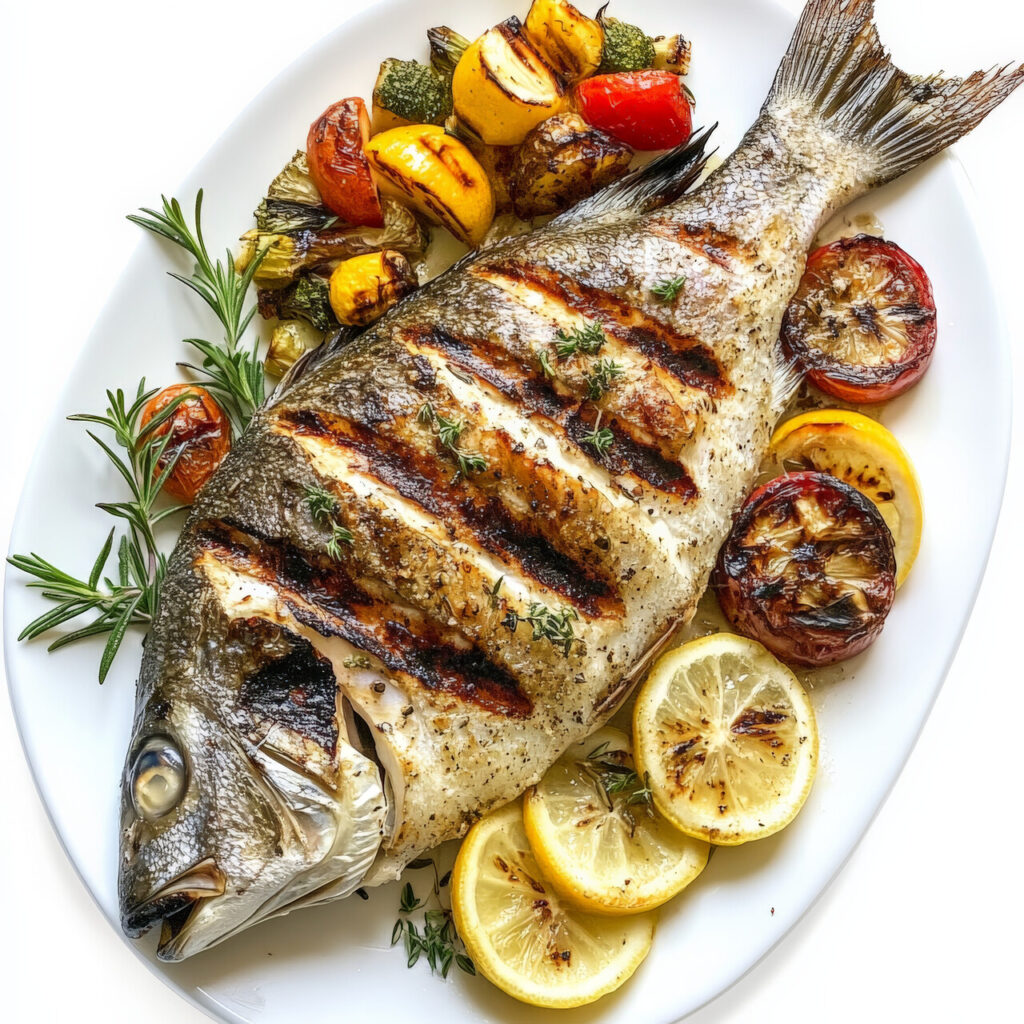
If whole grilled branzino appears on the menu, it’s worth ordering. This Mediterranean sea bass is prized for its delicate, flaky texture and mild flavor. Italian chefs typically grill it simply with olive oil, lemon, and fresh herbs, letting the fish speak for itself. No thick sauces, no overpowering seasonings-just clean, honest flavor. Served whole, it feels both rustic and elegant, the kind of dish that captures the heart of coastal Italian cooking with every light, citrusy bite.
5. Affogato

An affogato is the perfect way to end an Italian meal – simple, elegant, and full of contrast. It’s made by pouring a hot shot of espresso over a scoop of vanilla gelato, creating a blend of sweet, bitter, hot, and cold in every spoonful. The melting gelato turns into a creamy coffee sauce that’s both indulgent and refreshing. Unlike most restaurant desserts, it’s not heavy or overly sweet. It’s a quick, satisfying finish that captures the spirit of Italian dining: effortless and full of flavor.







